Arthur K. Wheelock Jr., “Ambrosius Bosschaert/Bouquet of Flowers in a Glass Vase/1621,” Dutch Paintings of the Seventeenth Century, NGA Online Editions, https://purl.org/nga/collection/artobject/94743 (accessed November 10, 2023).
Jacob van Walscapelle, Flowers in a Glass Vase
The luxuriant flowers in van Walscapelle’s painting loom out of the darkness. A single shaft of light makes them glow. His painting seems alive and moving – nature is busy. The flowers appear to nod as if a breeze has passed through, leaving leaves trailing, the petals of the tulip dropping, a caterpillar dangling like an acrobat falling from a trapeze.
The flowers couldn‘t have been in bloom at the same time. Nor could the summer strawberries at one end of the shelf be ripe at the same time as the luscious autumn blackberries at the other. But van Walscapelle isn’t just painting a scientific study – he’s painting a celebration of nature.
He shows fresh, spring violas, the tulip already fading to make room for summer lilies and roses. The ears of wheat, their stems and leaves already brittle, straggle through the picture. They represent autumn, the end of the cycle. It’s as if we are moving through the seasons in a single dark room.
The luxuriant flowers in van Walscapelle’s painting seem to loom out of the darkness. A single shaft of light makes them glow as if they exist in a magical world of their own. A distorted reflection in the glass bowl – a glimpse through a window of clouds chasing across the sky – emphasises the other-worldliness of the picture.
Earlier Dutch flower paintings are spectacular too, but stiff and formal. Van Walscapelle’s painting seems alive and moving – nature is busy. The flowers seem to nod as if a breeze has passed through, leaving leaves trailing, the petals of the striped tulip ready to drop, and a caterpillar dangling like an acrobat falling from a trapeze.
More insects dance about among the blooms. A ladybird settles for a moment on the purple peony. The white rose is alive with long-legged beetles, industrious ants, a tiny spider and a blue-bellied fly, its forelegs daintily folded. Another caterpillar, spines at the alert, explores the route from white rose to red, where limpid drops of water trickle from petal to petal. A tawny butterfly raises its wings ready to launch itself into the air. The snail, shell gleaming in a warm patch of sun, balances perilously near the edge of the stone shelf – perhaps suddenly aware of the black beetle that appears to give chase, close behind.
At first glance, the romance of the painting – the movement, the minute detail, the rich colours of the flowers, the sinuous lines that run through the picture – is what engages the eye. It takes a moment to realize that the flowers couldn‘t possibly have been in bloom at the same time. This becomes obvious – and odd – in the juxtaposition of the summer strawberries at one end of the shelf and the luscious, ripe, autumn blackberries at the other. But van Walscapelle isn’t just painting a scientific study – he’s painting a celebration of nature.
He paints fresh, spring violas, the tulip already fading to make room for summer lilies, roses and carnations. The ripe ears of wheat, their leaves and long stems already faded and brittle, straggle through the picture. They represent autumn, the end of the cycle. It’s as if we are moving through the seasons in the same dark room.
Van Walscapelle was never as successful as some of his contemporaries. He made a living from painting for a while but never reached high prices. The placing of the three roses in this picture is a little clumsy perhaps – they seem a little squashed together, with the distances between other flowers unclear. But these shortcomings are nothing compared to the skill and artistry with which he painted details – the glowing snail-shell, the reflection of the window, the delicacy of the insects, and, perhaps above all, the wet stems seen through the glass and water of the vase.
But van Walscapelle gave up painting to take a job in a municipal office in Amsterdam, leaving the ants and the spiders to go about their business and us wondering what might have been, had he continued to paint his unique vision of natural things.
Glass vase with painted flowers
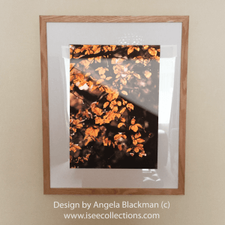
Autumn “Golden Leaves” Oak Framed Hand Painted Art Print £ 190.00
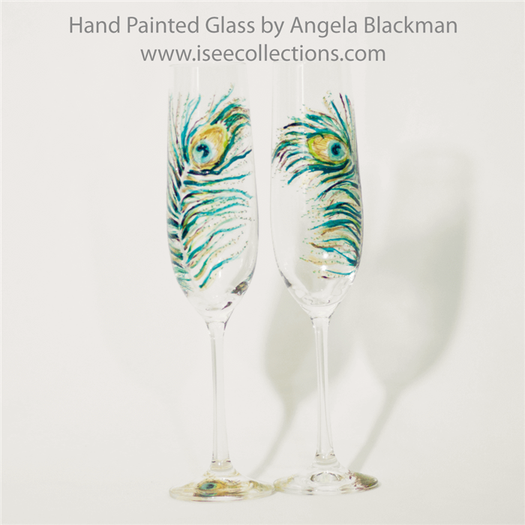
“Peacock Feather” Hand Painted Champagne Glasses £ 60.00
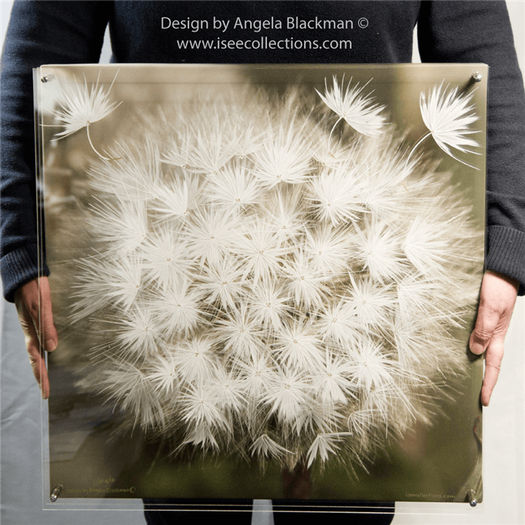
“Make a Wish” Dandelion larger 3D artwork in 3 layers £ 250.00
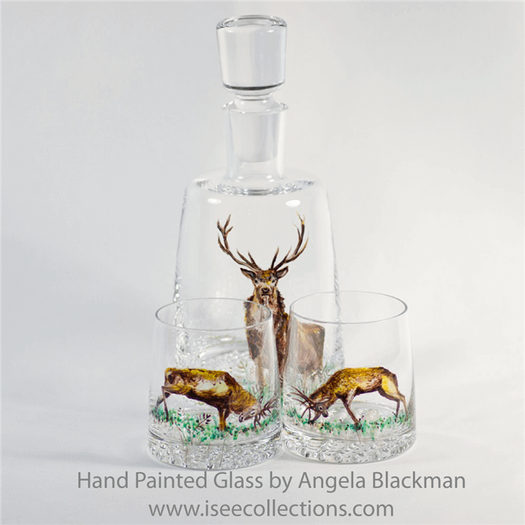
Stag Deer Hand Painted Whisky Decanter and 2 Tumblers Set £ 170.00
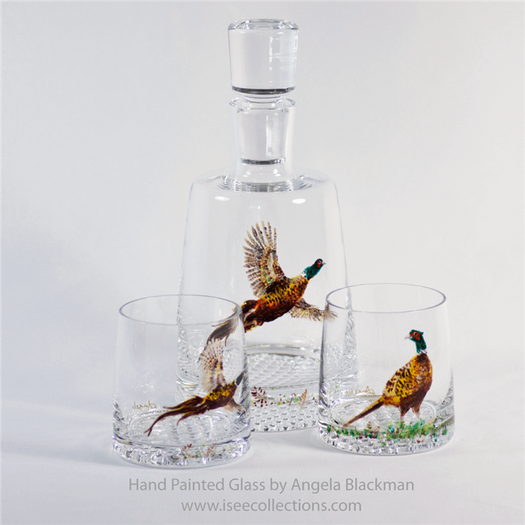
Flying Pheasant Hand Painted Decanter Set £ 170.00
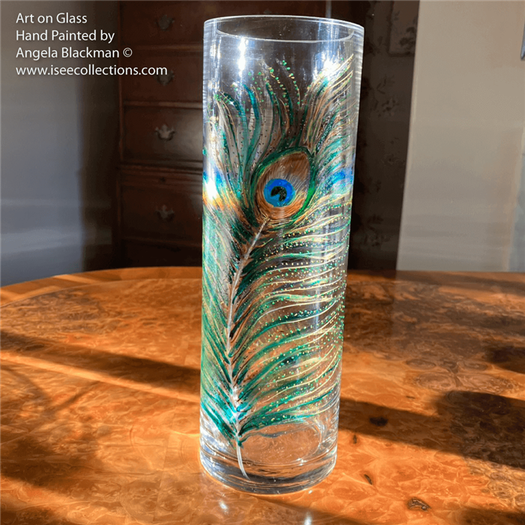
Peacock Feather Vase – Original art hand painted on glass £ 70.00
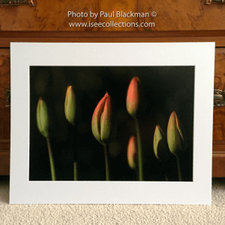
Morning Tulips A3 photoprint mounted £ 75.00
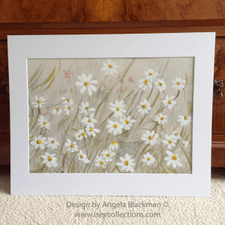
Daisy Meadow A3 hand painted artprint mounted £ 85.00
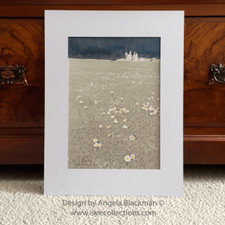
Dunstanburgh Castle Northumberland A4 Artprint £ 65.00
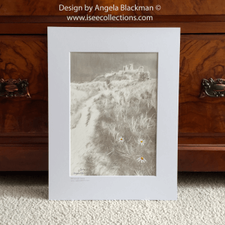
Bamburgh Castle Northumberland A4 Artprint £ 65.00
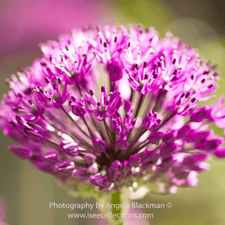
Pink Allium Head – A3 Photographic Mounted Print £ 60.00
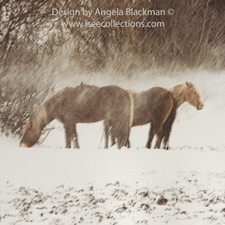
Winter Horses A4 Artprint £ 55.00
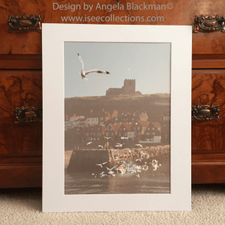
Fisherman Returns Whitby Harbour A3 Artprint £ 75.00
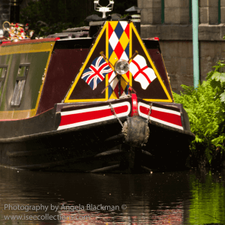
Narrow Boat Hebden Bridge A4 Mounted Print £ 55.00
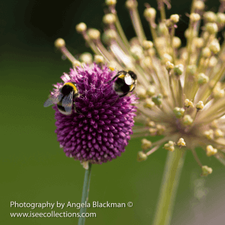
Allium Bees mounted A3 Photographic Print £ 60.00
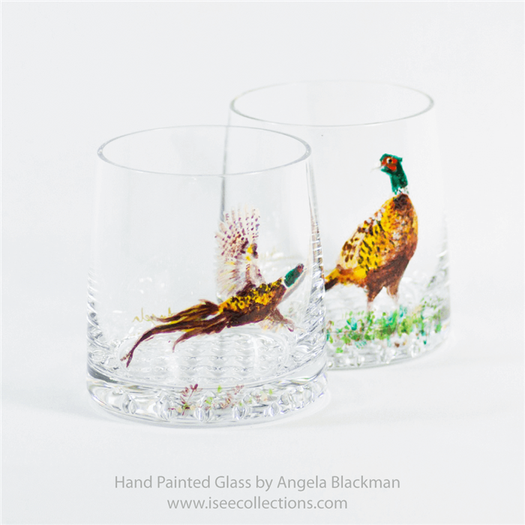
Pheasants – Pair of hand painted Whisky tumblers £ 65.00
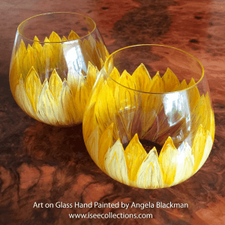
Pair of Sunflower Head Glasses with a Honey Bee – Hand painted by Angela Blackman £ 60.00
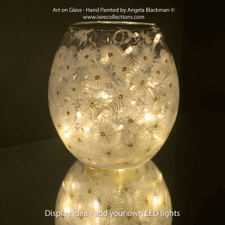
Dandelion Seed Head Vase – Original art hand painted on glass £ 65.00
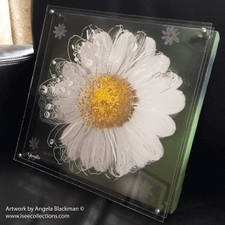
Daisy Head – handmade 3D layered artwork £ 170.00
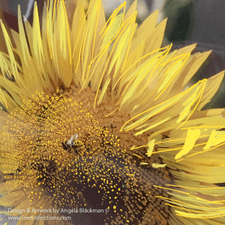
Tuscan Sunflower 3D original artwork by Angela Blackman £ 170.00
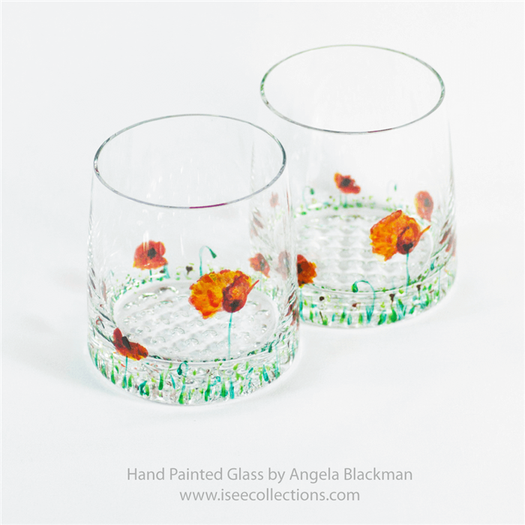
Poppies design – Pair of hand painted Whisky tumblers £ 65.00
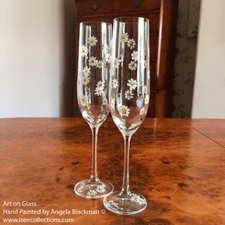
Pair of “Daisy” Hand Painted Champagne Glasses £ 60.00
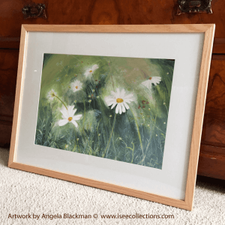
“Wild daisies in the grass” Hand finished Art Print in a quality Oak frame £ 195.00
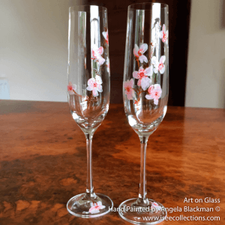
Pair of “Blossom” Hand Painted Champagne Glasses £ 60.00
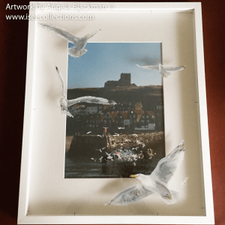
“Whitby Fisherman’s Return” Mixed media unique Artwork composition by Angela Blackman © £ 220.00
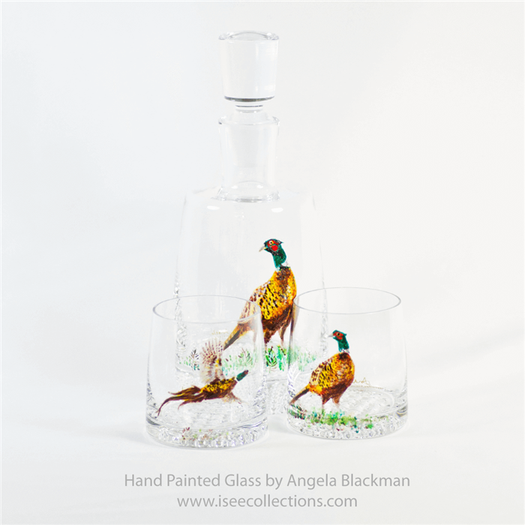
Pheasants – Hand Painted Whisky Decanter and 2 x tumblers £ 170.00
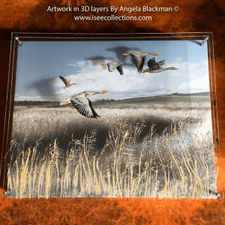
Geese over the Marsh – 3D layered original artwork £ 250.00
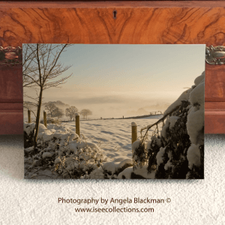
Winter Gateway in Calderdale – Photographic Canvas Print £ 75.00
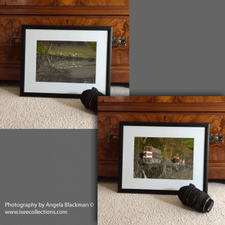
Reflective Mood – Pair of Canal Side Reflections – Framed Photograph by Angela Blackman £ 130.00
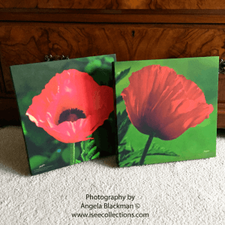
“Poppies” Pair of Poppy Canvas Prints by Angela Blackman £ 115.00
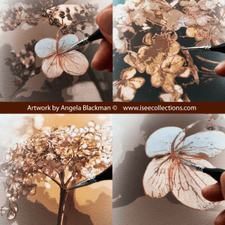
“Golden Hydrangea” set of 4 designs Artwork by Angela Blackman £ 285.00
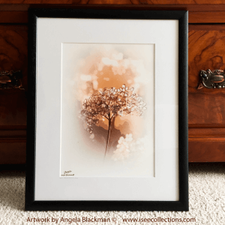
“Golden Hydrangea Stem” Artwork by Angela Blackman £ 85.00
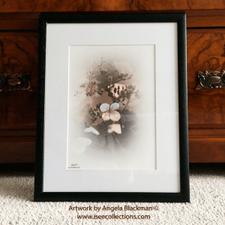
“Golden Hydrangea Delicate Remains” Artwork by Angela Blackman £ 85.00
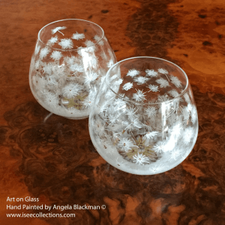
Pair of Dandelion Seed Head Glasses – Hand painted by Angela Blackman £ 60.00
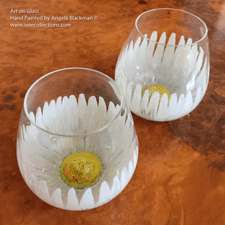
Pair of Daisy head hand painted crystal glasses by Angela Blackman £ 50.00
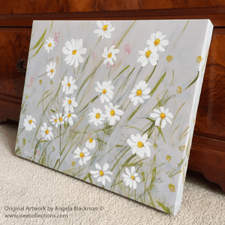
Daisy Meadow Hand Finished Canvas Print by Angela Blackman © £ 90.00
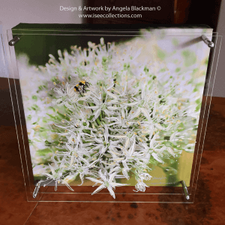
White Allium Bee 3D original artwork by Angela Blackman £ 170.00
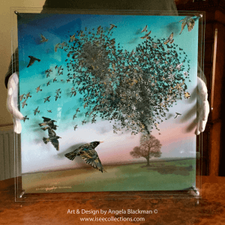
Starling Murmuration 3D original artwork by Angela Blackman © £ 295.00
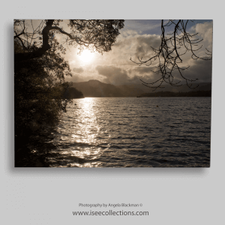
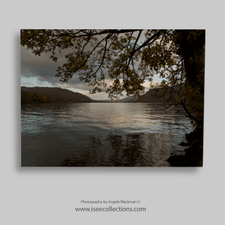
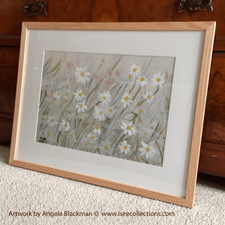
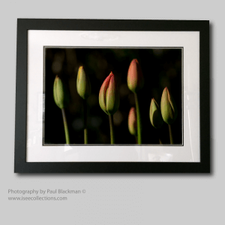
Photographic Print, Black Framed “Tulips in the shade” £ 120.00
Free shipping on all orders over £50
Provenance
Probably painted 1621 for Frederick van Schurman (or Schuermans) [1564-1623], The Hague.[1] (sale, Christie, Manson & Woods, London, 7 April 1922, no. 54); private collection, England; (John Mitchell & Sons, London); private collection, England; (Edward Speelman, Ltd., London); purchased 27 June 1996 by NGA.
[1] This painting is probably the one that Bosschaert took with him in 1621, when he traveled from Breda to The Hague to deliver a blompot (flower still-life painting) to Frederick van Schurman (or Schuermans), the bottelier of Prince Maurits. For this work Bosschaert received the extraordinary sum of 1,000 guilders. Maria Bosschaert, Ambrosius’ daughter, wrote the following: “Mijn vader Ambrosius Bosschaert is gesturven in Schravenhage in ‘t jaer als den 12 jarigen Trebes uut was, doch was woonachtig binnen Breda maer near den Hage getrocken om een blompot te leveren die hij hadde gemaeckt voor de bottelier van Sijn Hoochheyt daervoor hij dusent gulden hadde bedongen ende is aldaer sieck geworden ten huyse van joncker Schuermans, vader van Anna Maria Schuermans ende aldaer gesturven ende in Schravenhage begraven, tot droefheyt van veel liefhebbers.” See Abraham Bredius, “De bloemschilders Bosschaert,” Oud-Holland 31 (1913):138. Frederick van Schurman had been ennobled by the Holy Roman Emperor, and the phrase Maria Bosschaert used to refer to Van Schurman, a joncker (from the German Junker), is an honorary title that corresponds to the old inscription “Jonckheere …” on the verso of the painting.
Associated Names
1976 The Inspiration of Nature, John Mitchell and Son, London, 1976, p. 24. 1998 A Collector’s Cabinet, National Gallery of Art, Washington, D.C., 1998, no. 7, fig. 13. 1998 Copper as Canvas: Two Centuries of Masterpiece Paintings on Copper, 1525-1775, Phoenix Art Museum; Nelson-Atkins Museum of Art, Kansas City; Royal Cabinet of Paintings Mauritshuis, The Hague, 1998-1999, not in catalogue (shown only in The Hague). 1999 From Botany to Bouquets: Flowers in Northern Art, National Gallery of Art, Washington, D.C., 1999, no. 11, fig. 32. 2000 Art for the Nation: Collecting for a New Century, National Gallery of Art, Washington, D.C., 2000-2001, unnumbered catalogue, repro.
The support is a hammered sheet of copper. At some point, four strips of wood were added along the outer edges, framing the outer edges of the panel with a small wooden border that extends approximately an eighth to a quarter of an inch from the outermost edges of the copper sheet.
The ground appears to be a white or light colored layer, which is followed by a thin layer of yellow-gray paint that was presumably applied as an imprimatura. Infrared reflectography at 1.5 to 1.8 microns[1] revealed the presence of a highly detailed underdrawing. The entire composition is painted with extreme precision using thin layers of paint combined with a subtle layering technique. Bosschaert left several elements in the bouquet in reserve. The bouquet and the surrounding elements are painted with a colorful palette, using a variety of transparent, semi-transparent, and opaque layers. The highlights, the gold inscription, and the signature were most likely added during the final painting stages. The painting has not been treated since its acquisition by the National Gallery of Art.
[1] Infrared reflectography was performed using a Santa Barbara Focalplane InSb camera fitted with an H astronomy filter.
Bibliography
1973 Mitchell, Peter. European Flower Painters. London, 1973: 59, repro. 1984 Bakker, Noortje, et al. Masters of Middelburg: exhibition in the honour of Laurens J. Bol. (Exh. cat. Waterman Gallery, Amsterdam). Amsterdam, 1984: 65. 1998 Wheelock, Arthur K., Jr. A Collector’s Cabinet. Exh. cat. National Gallery of Art, Washington, 1998: 24, 25, fig. 13, 65, no. 7. 1999 Ploeg, Peter van der. “Copper as canvas: Two centuries of masterpiece paintings on copperplate.” Mauritshuis in Focus 12, no. 1 (1999): 23-24, color repro. 24, fig. 13. 1999 Wallert, Arie. Still lifes: techniques and style: the examination of paintings from the Rijksmuseum. (Exh. cat. Rijksmuseum, Amsterdam). Zwolle, 1999. 1999 Wheelock, Arthur K., Jr. From Botany to Bouquets: Flowers in Northern Art. Exh. cat. National Gallery of Art, Washington, 1999: 42-43, 83, no. 11, fig. 32. 2000 National Gallery of Art. Art for the Nation: Collecting for a New Century. Exh. cat. National Gallery of Art, Washington, 2000: 26-27, color repro. 2002 Ebert-Schifferer, Sybille. Deceptions and Illusions: Five Centuries of Trompe l’Oeil painting. Exh. cat. National Gallery of Art, Washington, 2002: 81-82, fig. 4. 2004 Hand, John Oliver. National Gallery of Art: Master Paintings from the Collection. Washington and New York, 2004: 214-215, no. 172, color repro. 2020 Wheelock, Arthur K., Jr. Clouds, ice, and Bounty: The Lee and Juliet Folger Collection of Seventeenth-Century Dutch and Flemish Paintings. Exh. cat. National Gallery of Art, Washington, D.C., 2020: 31, 56, fig. 1. 2021 Donovan, Patricia A. “Permanence in This Changing World: The Andrew W. Mellon Foundation Endowment Challenge Grant.” Art for the Nation no. 64 (Fall 2021): 6, repro.
- Sort by:
- Results layout:





